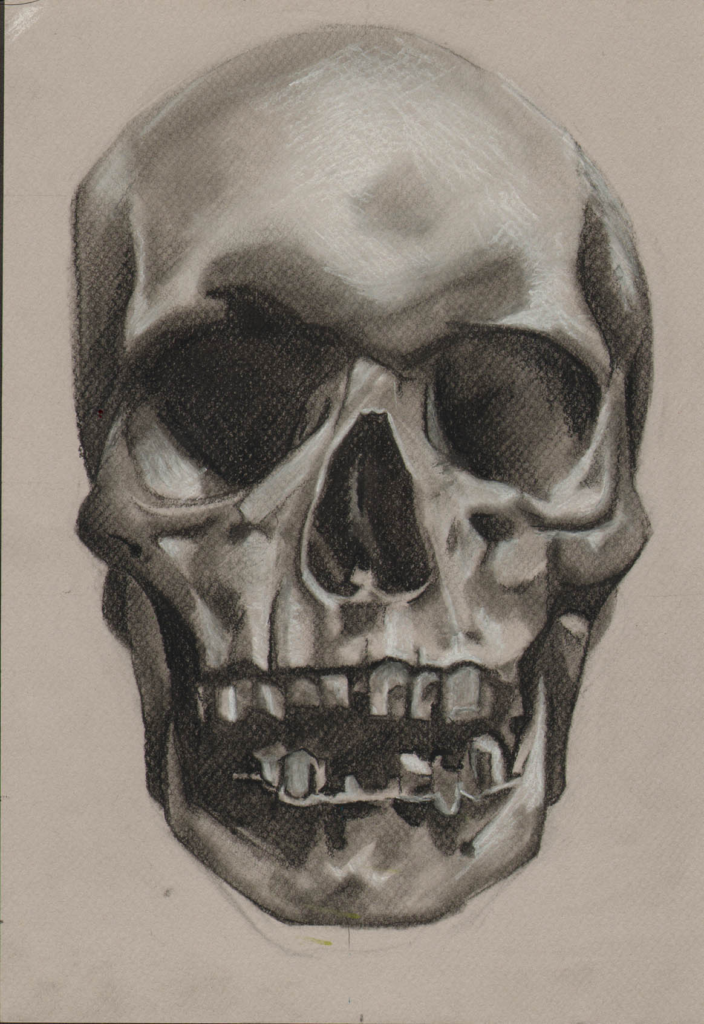Exploring Value and Shading Techniques
Exploring Value: Understanding Shading in Drawing and Painting
Discover the importance of value in art as we delve into shading techniques. Value refers to the darkness or lightness of a shadow, a key aspect when progressing towards painting, as colors also possess varying degrees of darkness. In our subsequent lessons, we will explore the value of color further.
To grasp the concept of value, think of shading. The term “value” simply denotes the darkness of the shading. Additionally, it’s crucial to recognize that different objects, based on their colors, utilize distinct sections of the value scale. By assigning numbers to different darkness levels on the scale, such as 0 for the darkest dark and 10 for the lightest light, we can identify the range of values needed in our drawings. For instance, a black bowling ball in low lighting may have a value scale of 0 to 6, while a sunlit snowman might have a value scale of 4 to 10. Knowing where objects lie on the value scale helps us accurately portray what we see before us. It’s common for beginners to make their entire drawing overly dark, inadvertently altering the appearance of the subject.
Drawing #17: Exploring Value Scales
In this exercise, you’ll utilize the provided grid. Print it out and strive to shade the values as accurately as possible. Feel free to experiment with various shading techniques like scribbling, circular marks, side-pencil shading, pointillism, or cross-hatching, as demonstrated in the example below. Unleash your creativity and explore diverse methods of applying value to paper.


Now that we’ve practiced matching values, it’s time to apply our skills to a drawing. Choose an image with a wide range of values and print it out. Make sure you have a printed value scale or use the one you shaded earlier. Compare the values of the image to the scale to determine the darkness levels needed in your drawing. Pay attention to the lights, as what appears white may be closer to a light gray. You don’t need to include all 10 values in one drawing. Start with three or four different values to achieve a realistic effect.
Drawing #18 – Charcoal Value Drawing from a Printed Image
Allocate an hour and a half for this drawing. Begin with gray paper, either purchased or created by rubbing down white paper with charcoal. Plot the darkest areas first and work towards the light. If using gray paper, use white chalk for the lights. If you used charcoal to make the paper gray, use the eraser as a drawing tool to create the lights. Charcoal pencils or sticks can be used. Once the drawing is complete, you can ‘fix’ it by spraying it with aerosol hairspray to prevent smudging. Commercial fixatives are also available.
Challenge yourself to identify the different values represented in the example drawing. Learning to see different values is crucial before mastering shading techniques such as cross-hatching or scribbling.

Explore exceptional art study abroad opportunities in Europe and immerse yourself in the vibrant artistic scenes of renowned cities. Experience the rich cultural heritage and diverse art forms through top-notch European art programs. Enhance your artistic skills and broaden your horizons with comprehensive fine arts study abroad programs that offer painting and drawing courses. Embark on a transformative journey of art education in Europe, where you can unleash your creativity and engage with renowned artists, galleries, and museums. Discover the perfect destination to study art in Europe and unlock your artistic potential.

